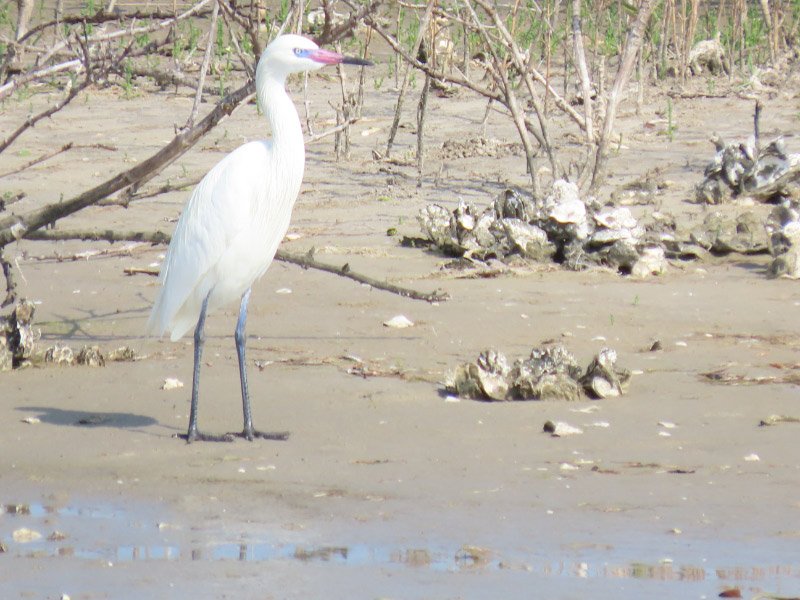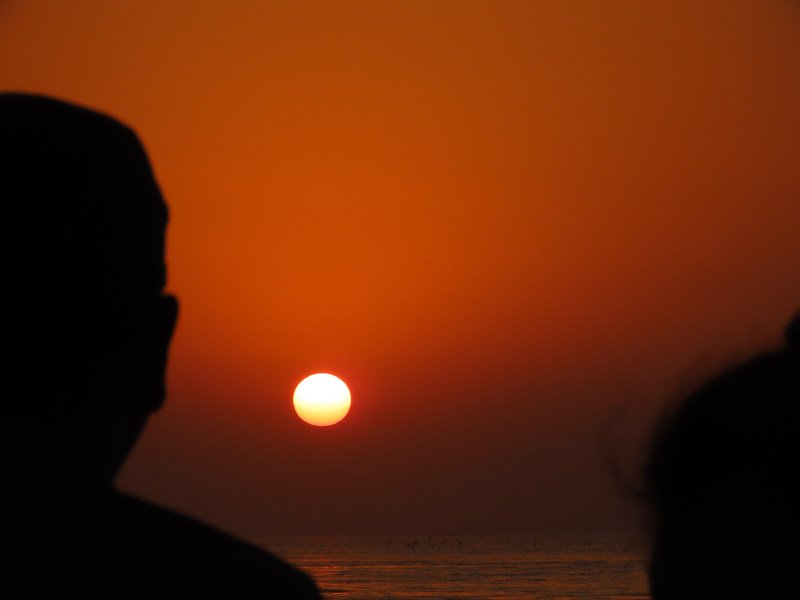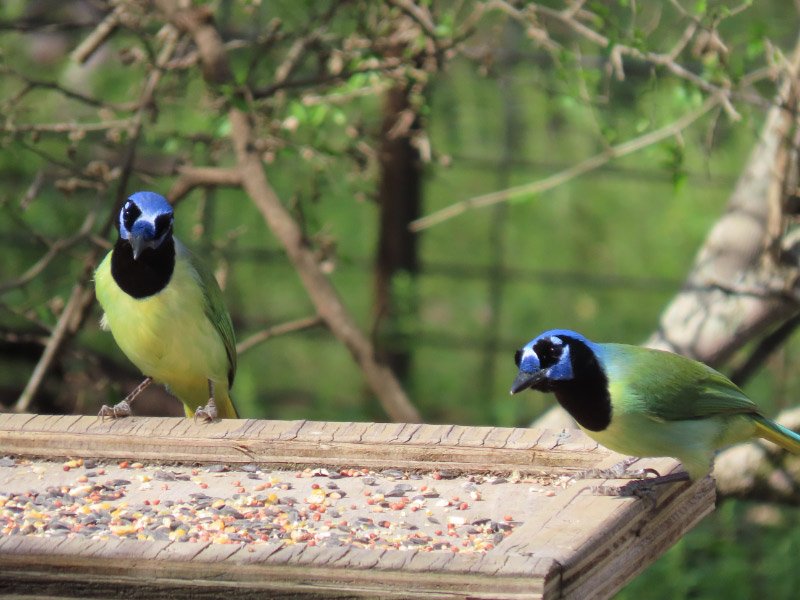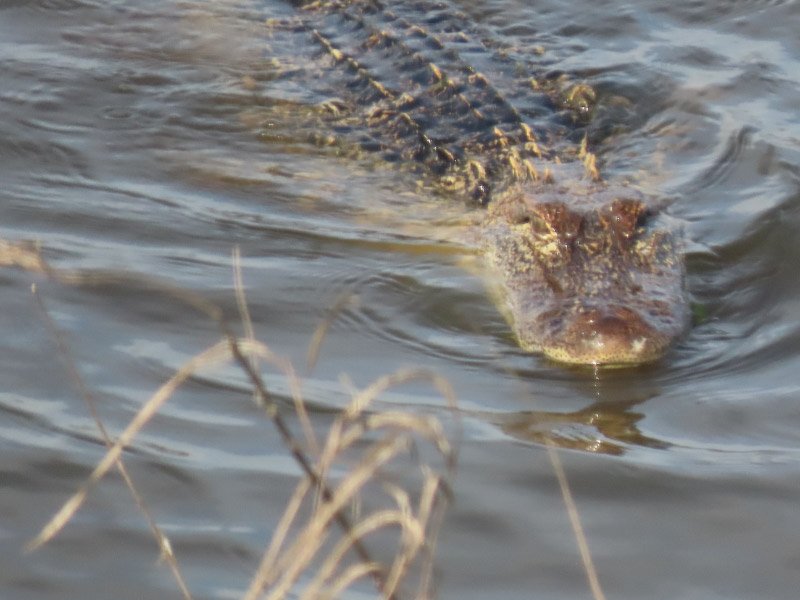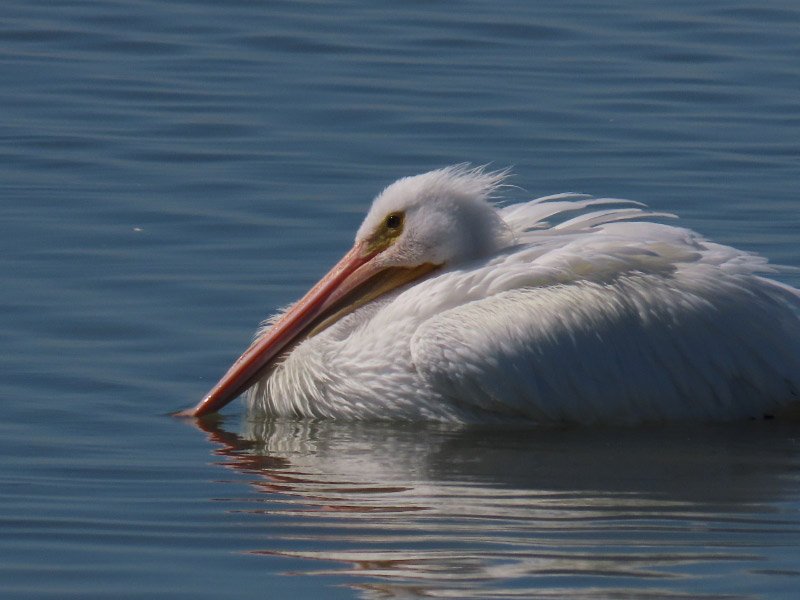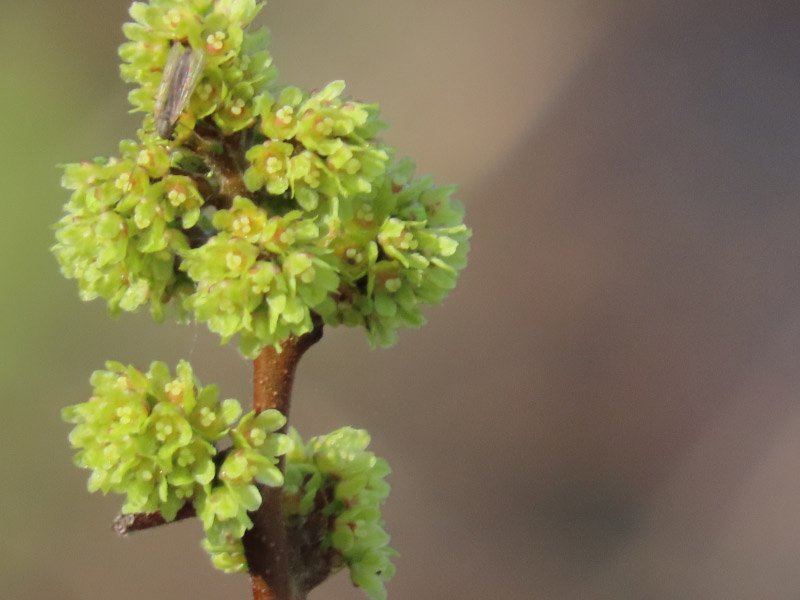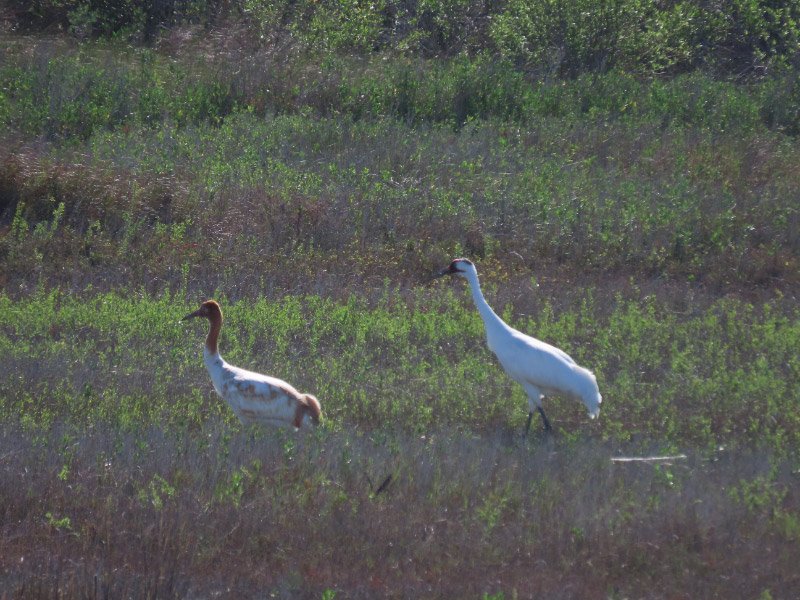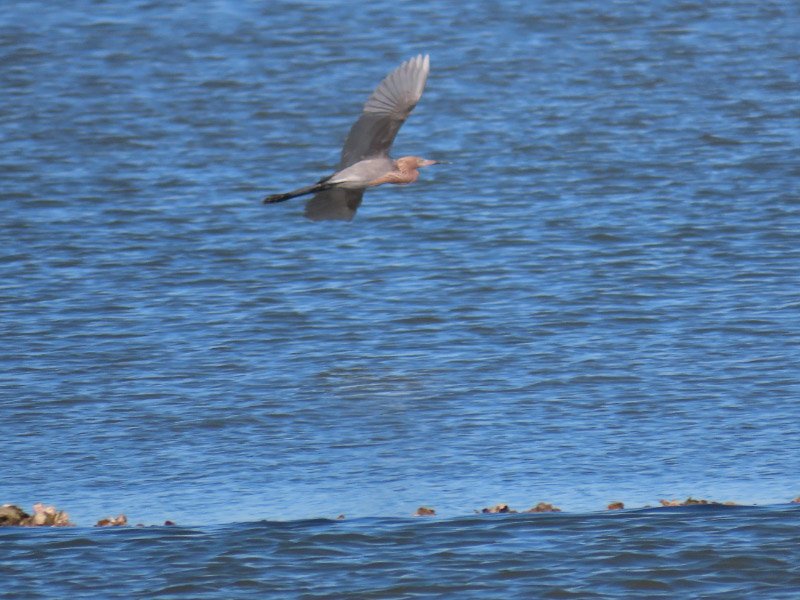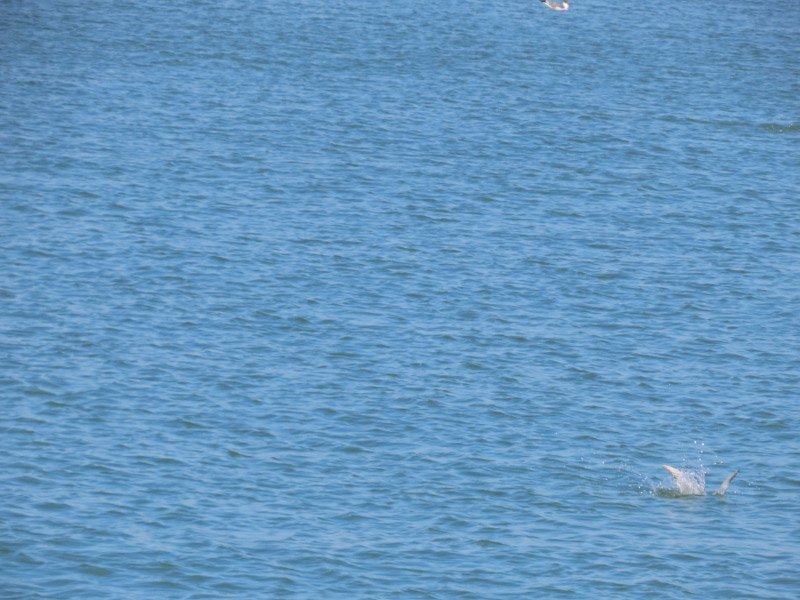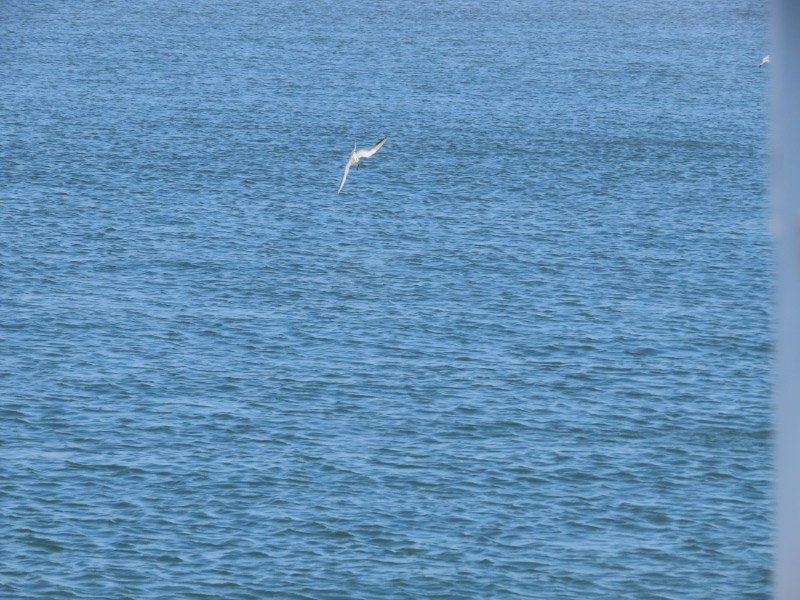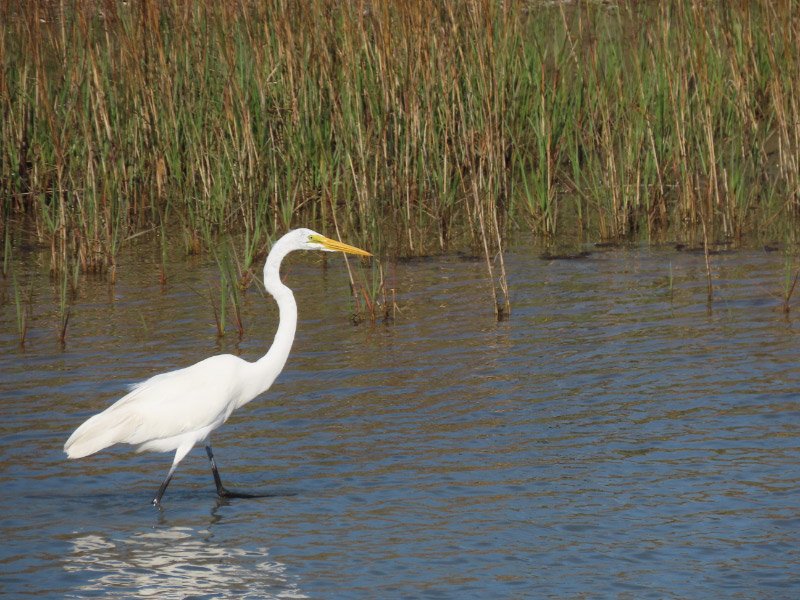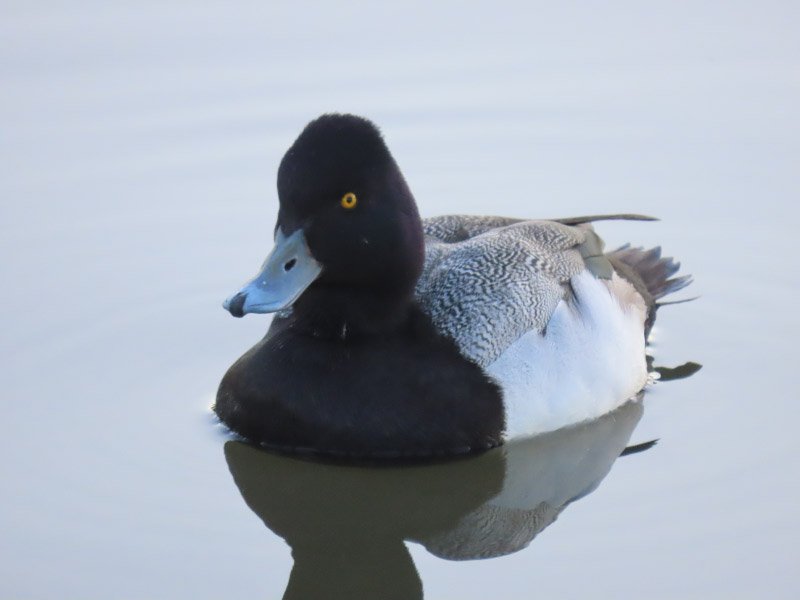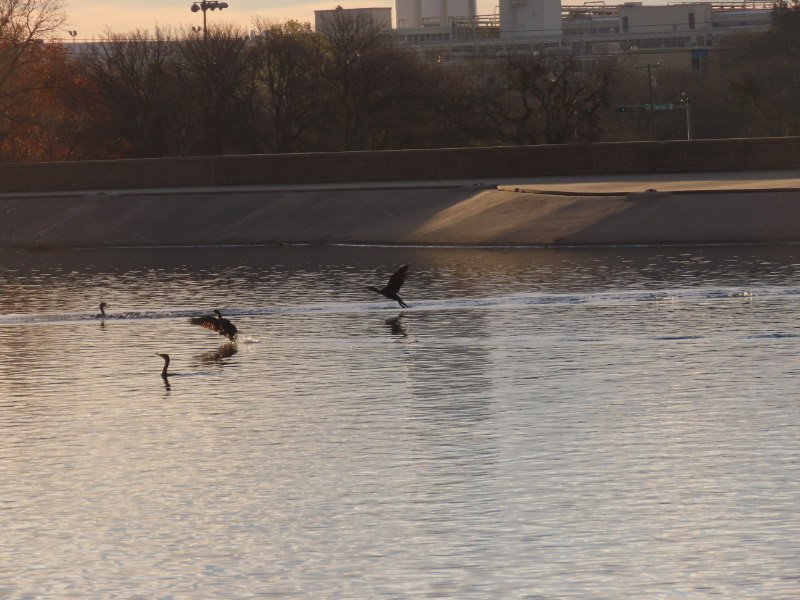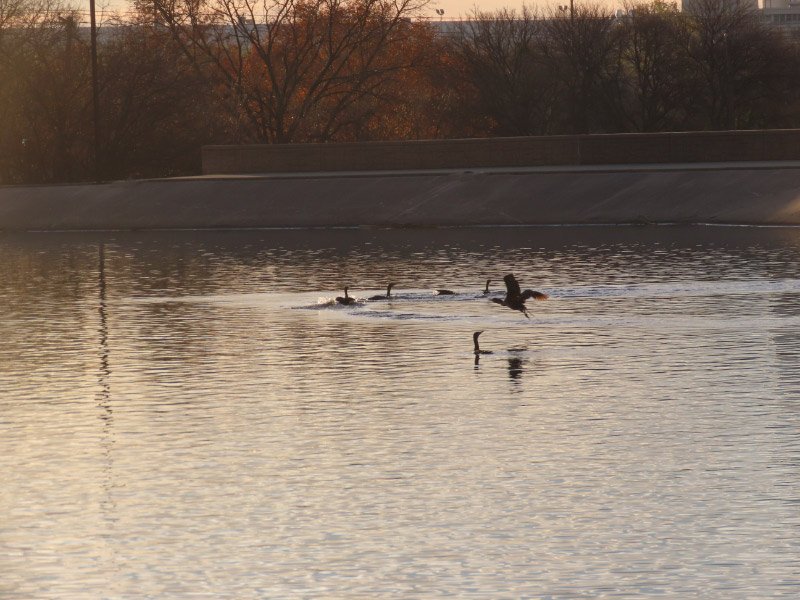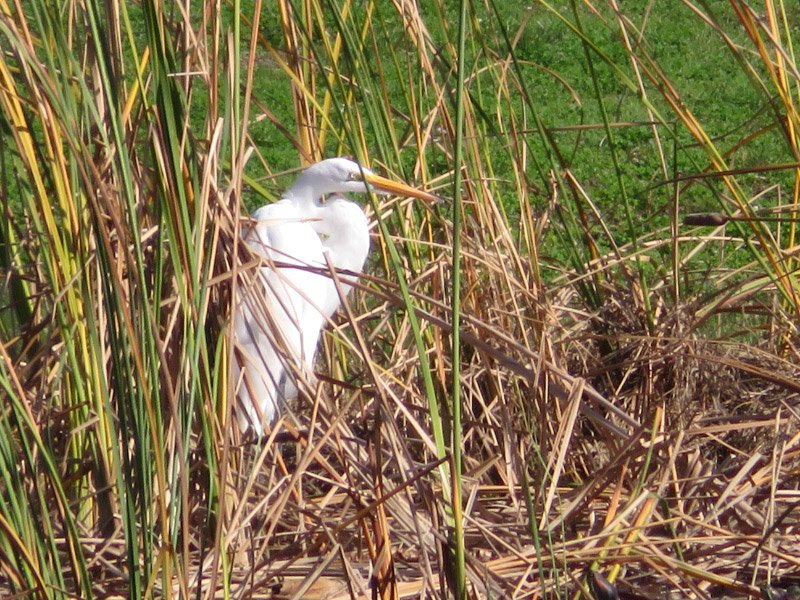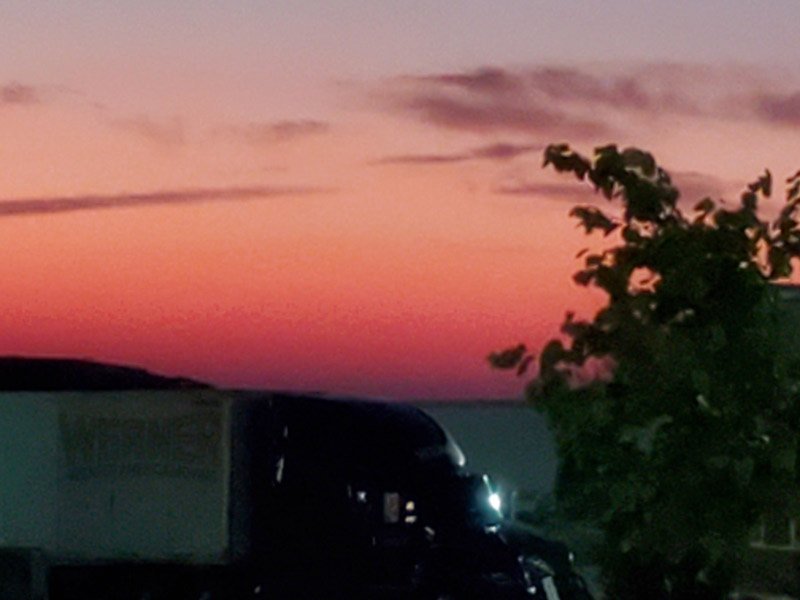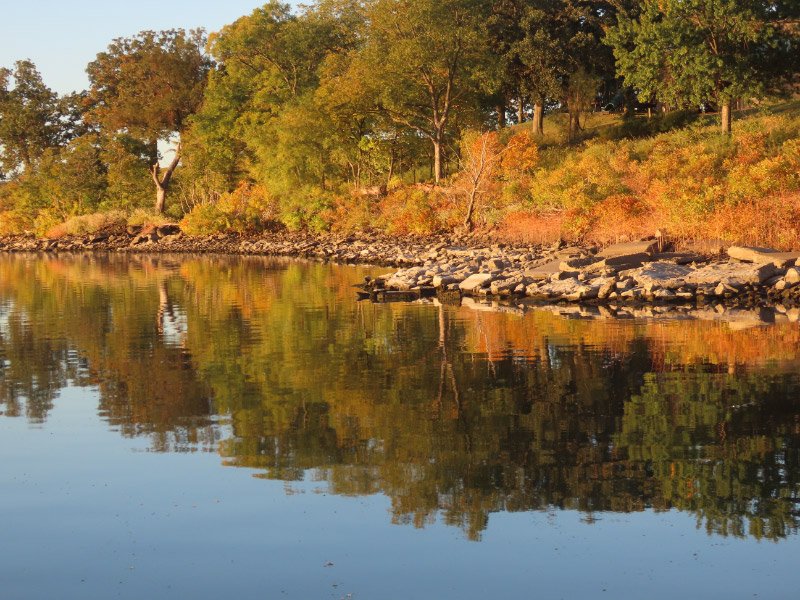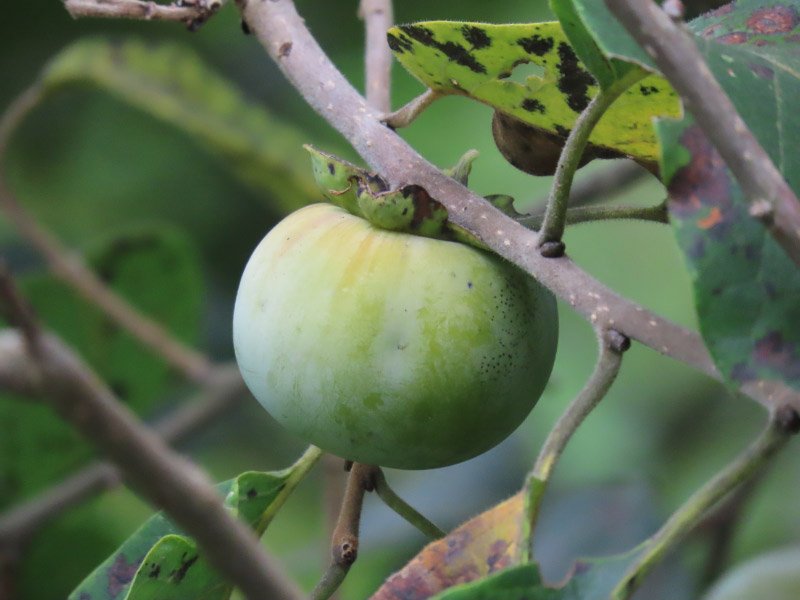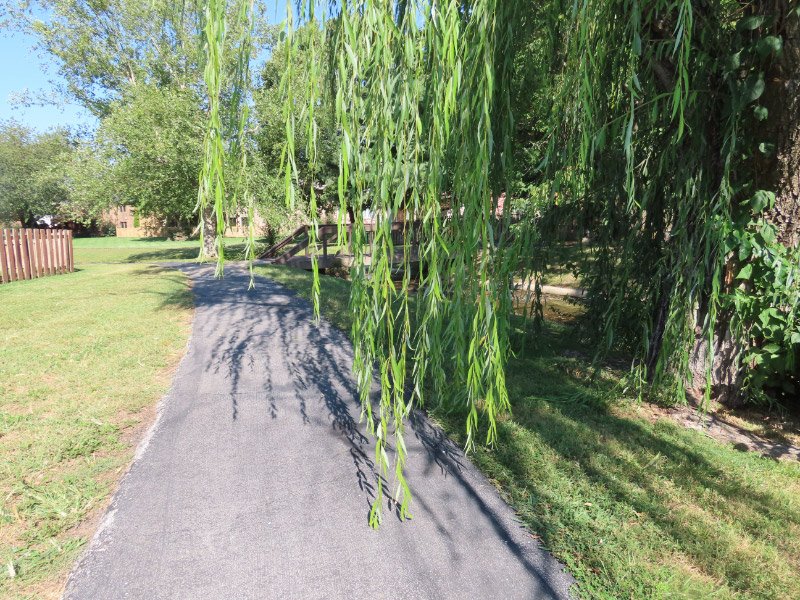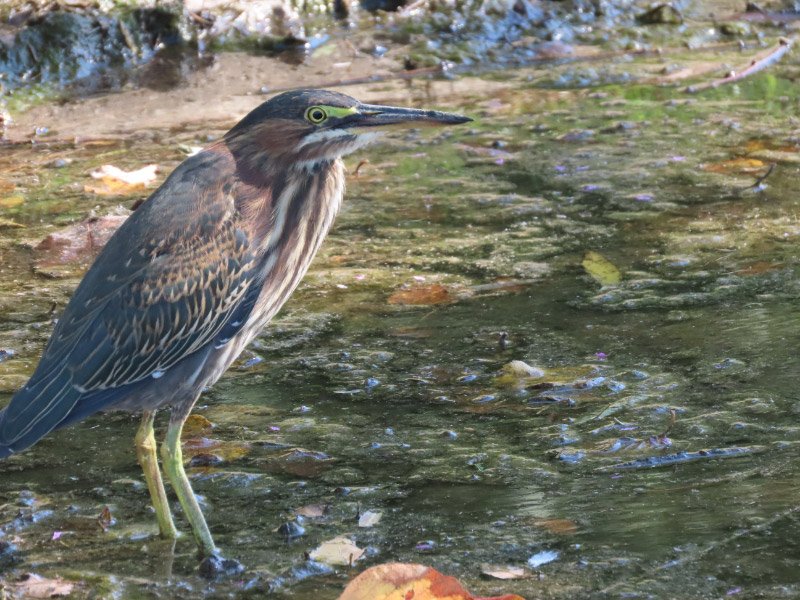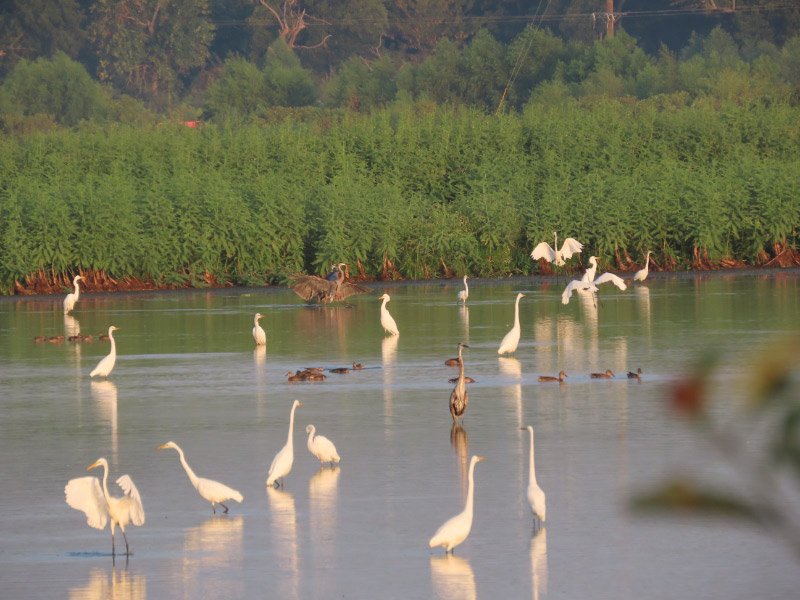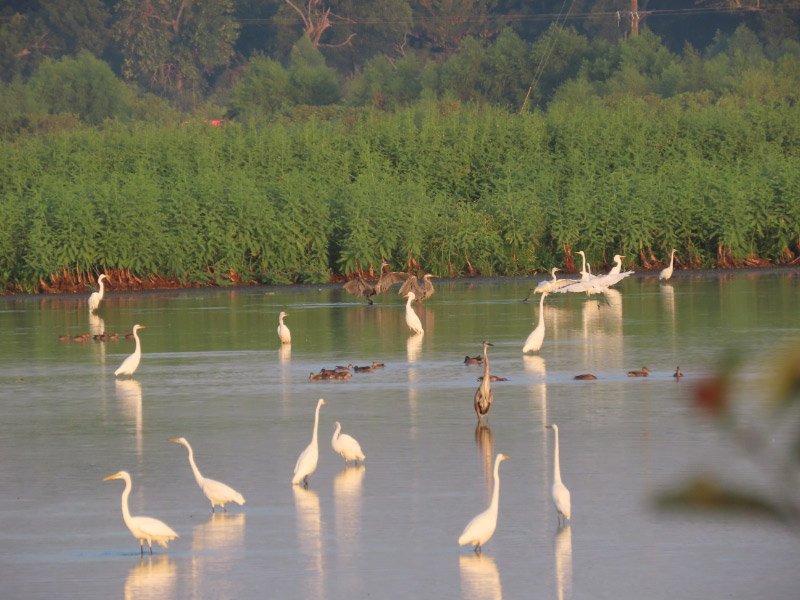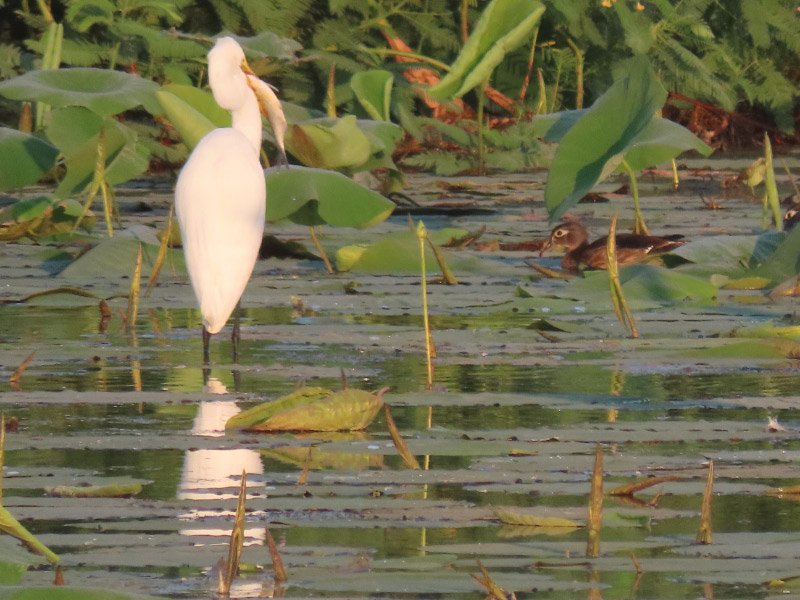The surprise of the morning came when I saw something on the road in my left peripheral vision as I moved slowly along Hagerman’s wildlife road…..as I turned to see it better I realized it was a hub cap. I got out of the car to see if it belonged to my car…and it did! It was the first time anything like that has happened to me in 55 years of driving! I put the hub cap in the car opting to not try to put it back on until I got home.
I saw two flocks of cattle egrets as I was driving back toward the highway from Hagerman.
As I drove through Oklahoma, I was driving thorough moving cloud shadows. They were moving in the same direction as I was, and I was moving faster than they were!
The drive was very routine until my route direction shifted from north to east. The wind buffeted the car and the big trucks on the interstate were even more impacted. The last 3 hours were exhausting – requiring both hands on the steering wheel and hyper awareness of the vehicles (particularly trucks) around me.
I made it home in a reasonable time but was very tired.







































































